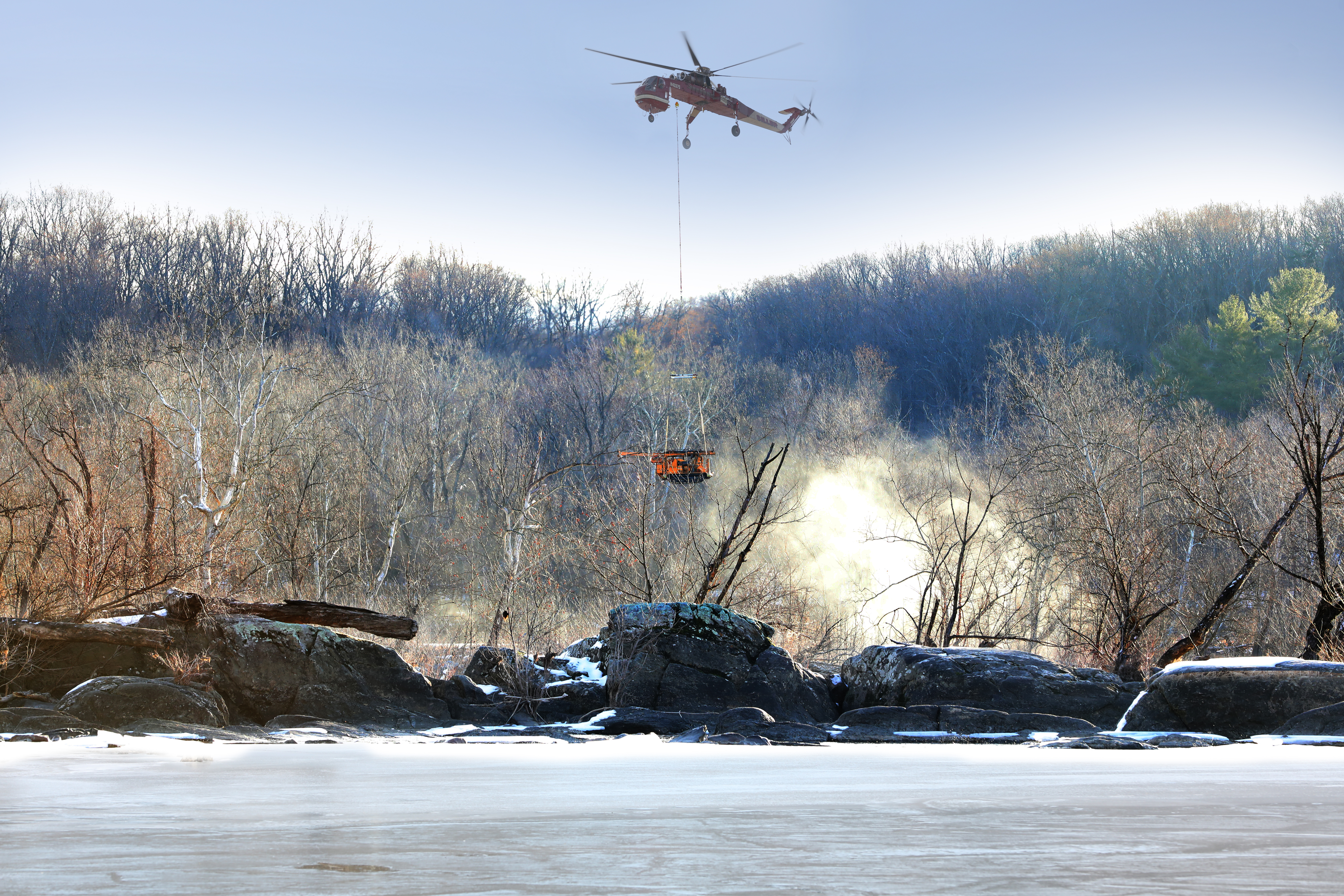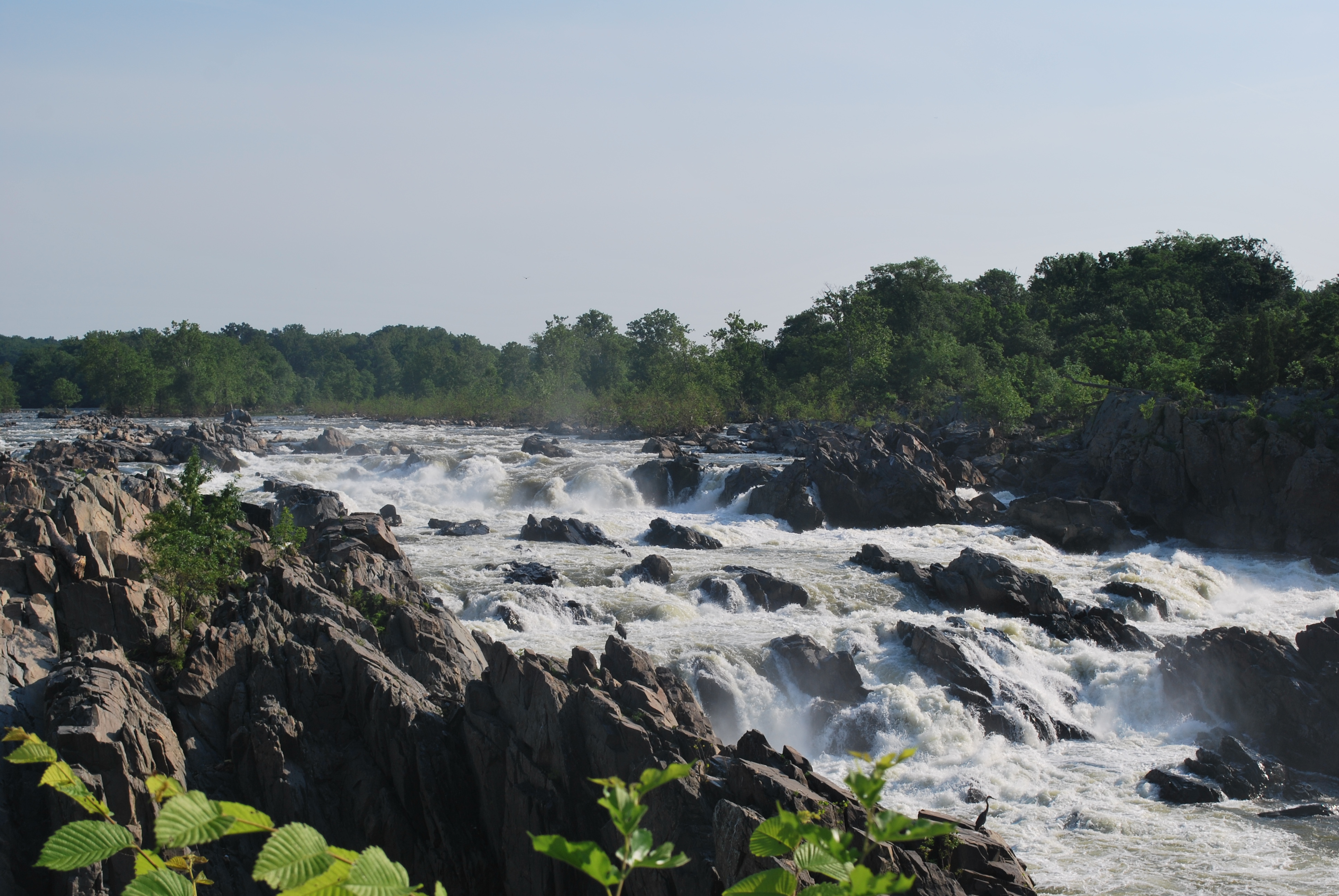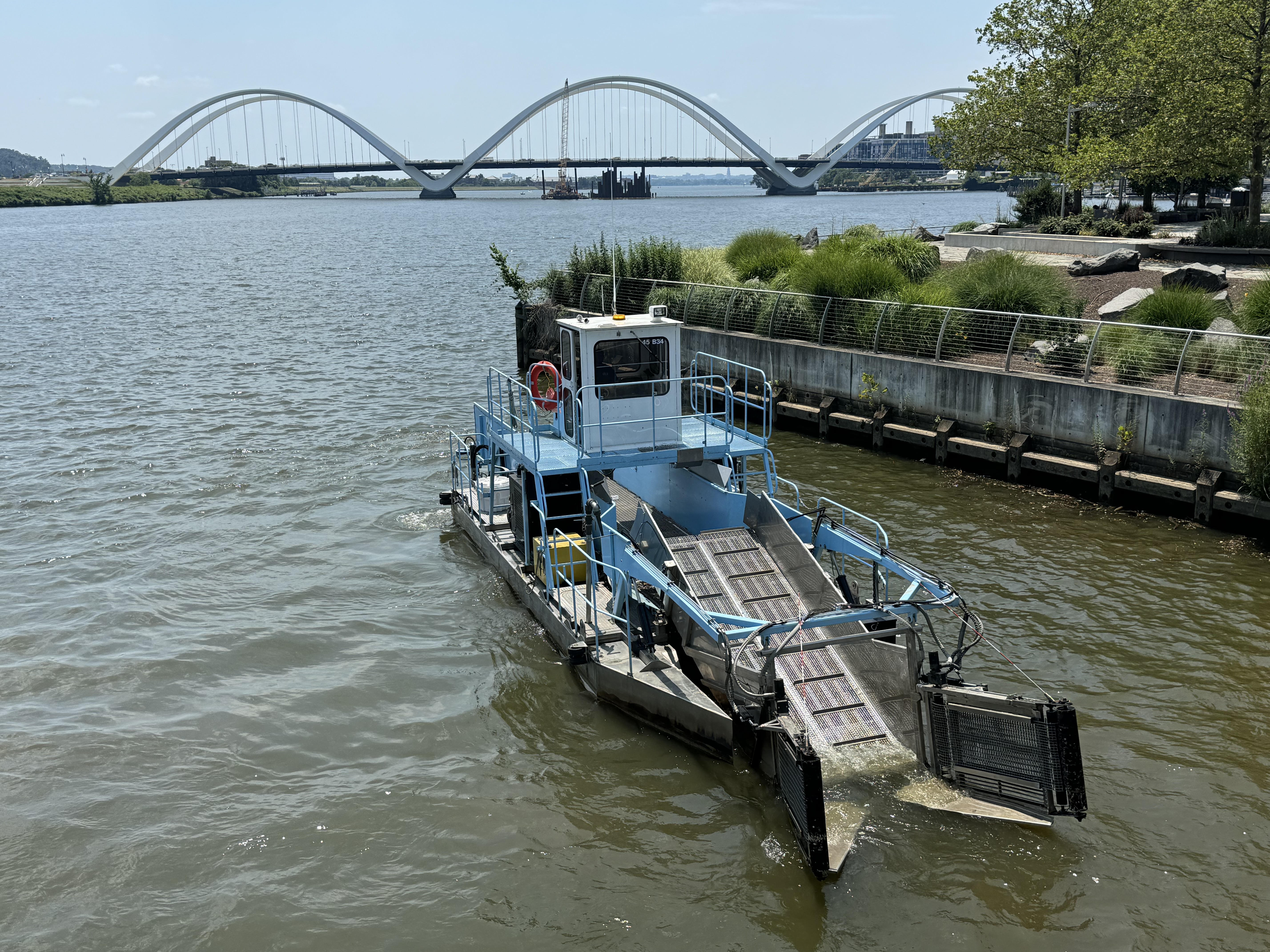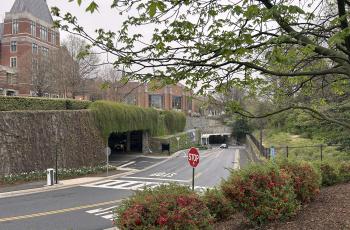The Critical Need for a More Resilient Water Source and Protecting the One We Have
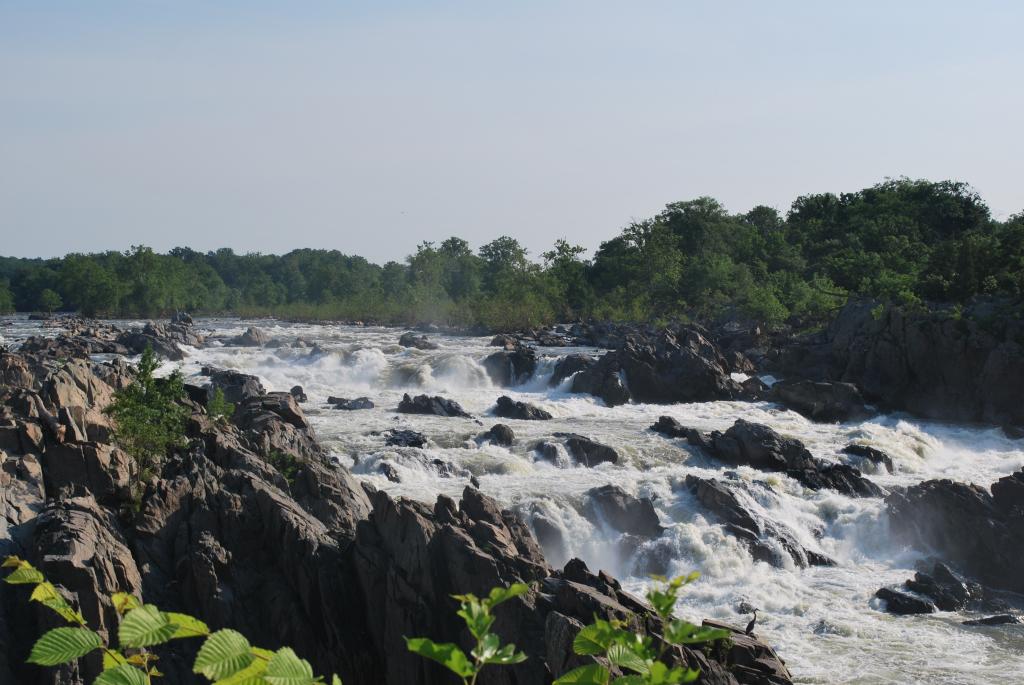
Resiliency. The Oxford Dictionary describes it as “the capacity to withstand or to recover quickly from difficulties.” When you are the sole water supplier to the White House, Congress, the Pentagon, and millions of visitors and residents in the nation’s capital, resiliency is critical.
Today DC Water relies on the same water source supplying Washington, DC and much of the National Capital Region since the mid 1800’s, the Potomac River. Recently, a report The Economic and Fiscal Costs of Water Supply Disruption to the National Capital Region exposed the potentially devastating consequences of our dependence on the Potomac without a second water source.
According to the report, a significant disruption to DC’s water supply would cost $15 billion in economic losses in the first month and hundreds of millions in lost tax revenue. Even with one day, or one week of disruption, the losses would be considerable and far more devastating in the long term:
- $146.9 million after one day
- $1.02 billion after one week
- $12.9 billion after 60 days
- $19.7 billion after 90 days
This vulnerability was evident earlier this summer, when an algal bloom on the Potomac River overwhelmed the Dalecarlia Water Treatment Facility run by the Army Corps of Engineers’ Washington Aqueduct and where DC Water purchases its water.
The crisis led to a cautionary boil water advisory across all of Washington, DC as hundreds of thousands of people converged on our nation’s capital for the July Fourth holiday. It was quickly lifted when testing confirmed the water met EPA standards; however, the dependence on a single water source made the potential for disaster abundantly clear.
Had the crisis not been averted, DC Water only has enough water to supply the District for 24 hours, if not less. Without water, every facet of our lives is affected. People need it to drink, cook, bathe, flush toilets, put out fires, grow the food we eat, and more.
As we mark Source Water Protection Week, it is imperative we protect the Potomac River as a vital resource and recognize the water supply designed for 1800’s DC cannot be our only option. Both short-term and long-term solutions will be needed. A second water source will provide redundancy and improve resilience, and together with investments in operational changes, water reuse options, and improvements to our distribution system, we can secure a resilient water supply.
It is crucial to ensure the people of DC, our businesses, first responders, and the federal government are never left susceptible to a significant disruption, as almost happened this summer, with the potential for billion-dollar losses. That is why DC Water joined the Interstate Commission on the Potomac River Basin (ICPRB), Metropolitan Washington Council of Governments, American Business Water Coalition, and the Greater Washington Board of Trade to urge Congress to act. The cost of doing nothing is too high.
